Description
Zenobia Found By The Shepherds On The Banks Of The Arax by Felix-Henri Giacomotti printed on a Hoodie
About the Hoodie
Modern fit
It provides a more tailored look than a regular fit
Comfortable
The fabric and fit of this item are extra comfy
Tear-away tag
Easily removable tear-away tag that allows you to add a custom inside label
Premium quality
The product is made from premium, high-quality materials
Classic unisex hoodie with a front pouch pocket and matching flat drawstrings. The 100% cotton exterior makes this hoodie soft to the touch.
- 65% ring-spun cotton, 35% polyester
- Charcoal Heather is 60% ring-spun cotton, 40% polyester
- Carbon Grey is 55% ring-spun cotton, 45% polyester
- 100% cotton face
- Fabric weight: 8.5 oz./yd.² (288.2 g/m²)
- Front pouch pocket
- Self-fabric patch on the back
- Matching flat drawstrings
- 3-panel hood
- Tear-away tag
Felix-Henri Giacomotti (1828-1909)
Félix-Henri Giacomotti was a French painter and muralist of Italian ancestry who specialized in historical and religious works.
He was born in Quingey. His parents were from Italy and he became a naturalized French citizen in 1849. His first studies were at the art school in Besançon. He also took private lessons from Edouard Baille [fr], who encouraged him to enter the École des Beaux-Arts. In 1850, he enrolled there and worked in the studios of François-Édouard Picot.
In 1854, he was awarded the Prix de Rome in history painting for his depiction of Abraham washing the feet of his three angelic visitors. He lived at the Villa Medici in from 1855 to 1860 and studied at the French Academy in Rome with Jean-Victor Schnetz. Upon returning, he held his first exhibit at the Salon and continued to exhibit annually until his death.
He was given numerous commissions, including murals for the ceiling of the Musée du Luxembourg and a depiction of the Holy Family at rest in the north transept of the Church of Notre-Dame-des-Champs. His rendition of Saint Martin sharing his cloak may be seen in the Church of Quingey. It is said that the Mayor served as the model for Saint Martin.
Later, he was appointed director of the municipal school of fine arts in Besançon and Curator of the Museum of Fine Arts and Archaeology, a position he held for life. Following his marriage to a woman from Étampes, he became a conservator at the museum there. In 1867, he was named a Knight of the Légion d’Honneur.
Although best known for his historical and religious paintings, he also did numerous nudes in the style of his friend, William Bouguereau. During the troubles of the 1870s, he supported himself by painting portraits. Giacomotti died in 1909 in Besançon.

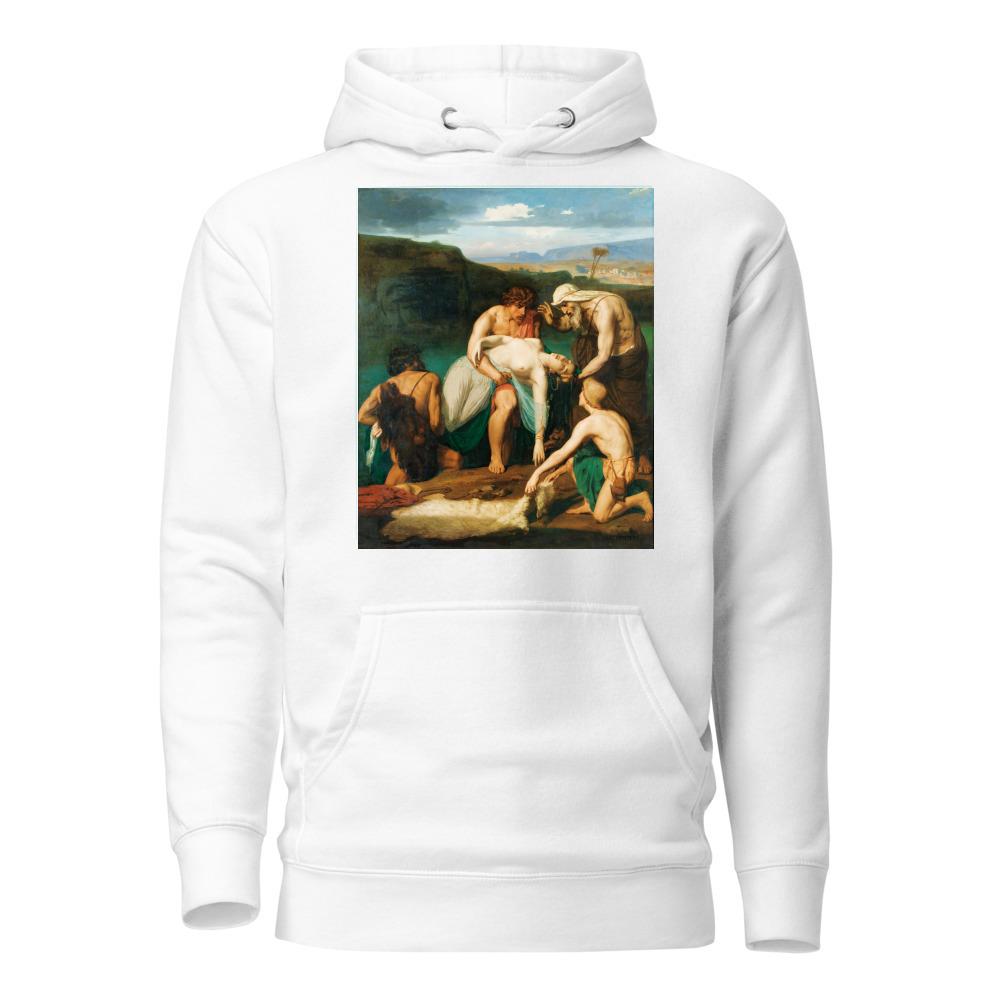
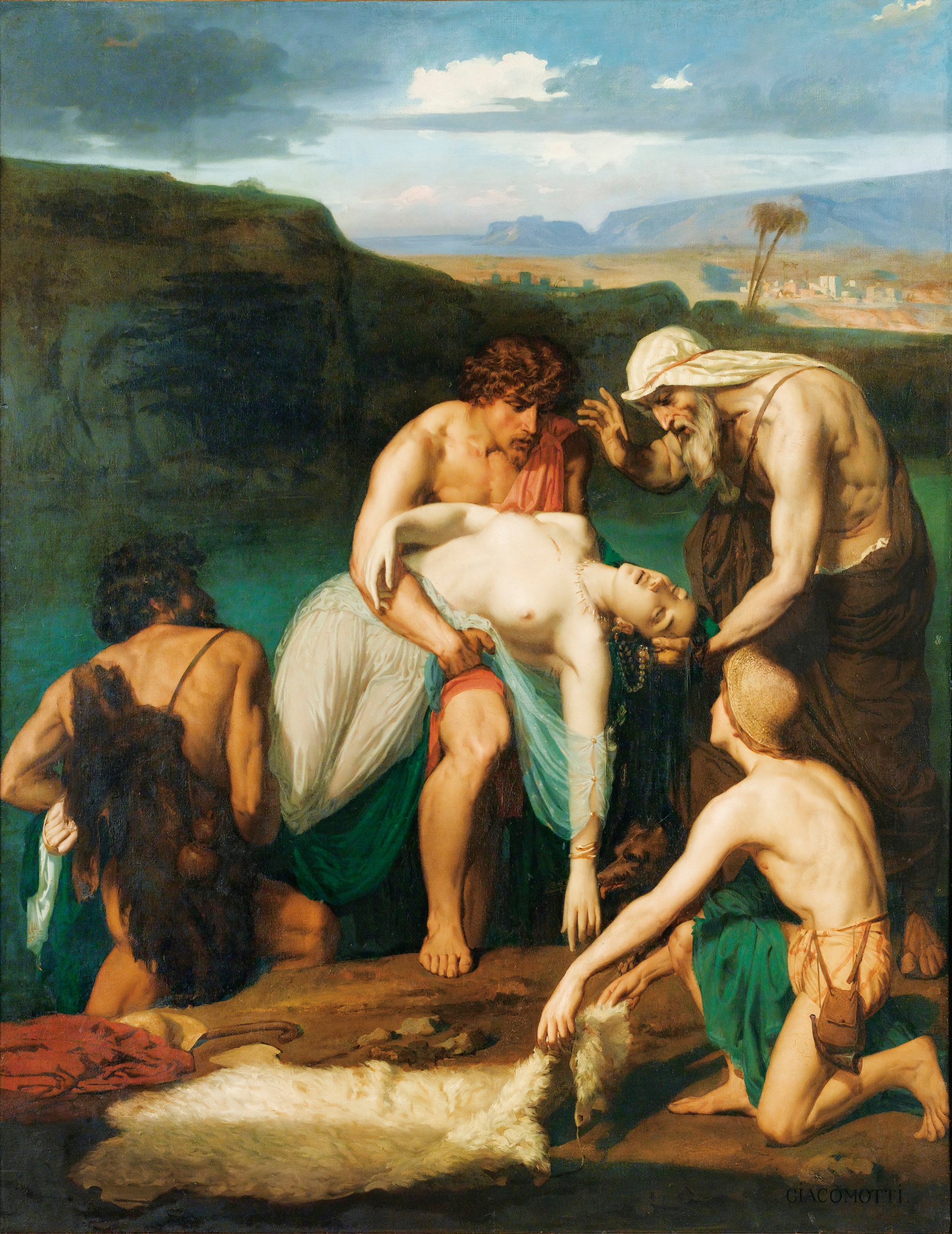
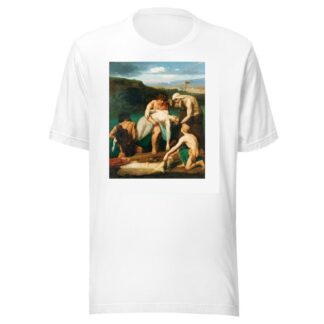
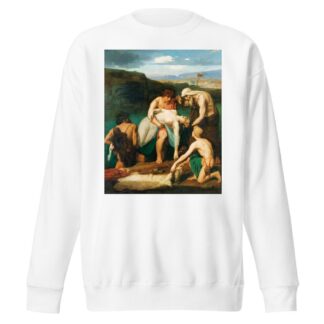
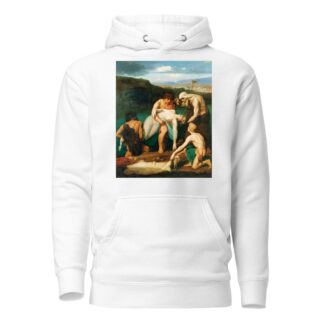
Reviews
There are no reviews yet.